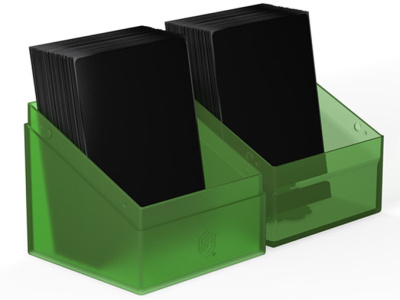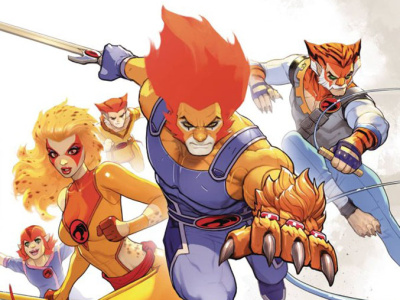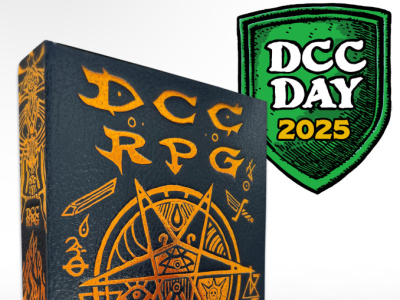 Rolling for Initiative is a weekly column by Scott Thorne, PhD, owner of Castle Perilous Games & Books in Carbondale, Illinois. This week Thorne looks at how his game stock ended up for the holiday season, and how the channels of distribution work in the hobby game business.
Rolling for Initiative is a weekly column by Scott Thorne, PhD, owner of Castle Perilous Games & Books in Carbondale, Illinois. This week Thorne looks at how his game stock ended up for the holiday season, and how the channels of distribution work in the hobby game business.Well, after my concerns voiced in a column a couple of weeks ago about holiday outages, I wound up pleasantly surprised that we, and other stores from which I heard, managed to get restocks of sold out board games in before the grand finale of the holiday selling season. With the exception of Race for the Galaxy, which has been out of stock from Rio Grande Games for many months, we wound up on the 24th with a safety stock on hand of Munchkin, Talisman, Pathfinder, Magic, Settlers of Catan, Descent, Power Grid, Ticket to Ride, Yu-Gi-Oh!, Fluxx, Dungeons & Dragons, Dominion, etc. So kudos to the game manufacturers and distributors for a superb job of managing the supply chain this holiday season.
This got me thinking about the channel of distribution as it exists in the game industry. The purpose of a channel of distribution, any channel, is to get products from the manufacturer to the customer. It does this through performing three basic functions: transporting products, breaking larger quantities into smaller ones, and dealing with payment. Anything above and beyond that a manufacturer or distributor adds on is a bonus. Two basic forms of channels exist: direct and full. If you ever attend a gaming or comic convention, you’ve see the direct channel in action. Any company set up at a con to sell product directly to the consumer, whether a large company like Paizo Publishing or Fantasy Flight Games or a small one like Flying Wombat Games, utilizes the direct channel, bypassing both the distributor and retailer. In the direct channel, the manufacturer must perform the three functions listed above. While the most effective method the manufacturer has to get products to the customer, the direct channel lacks the efficiency that wholesalers and retailers bring to the system. The full or indirect channel works to bring products to the customer more efficiently than the manufacturer to consumer direct channel does, by dividing those three basic functions between distributor and retailer.
For example, take Looney Labs’ Fluxx. It’s most efficient for Looney Labs to sell Fluxx in case lot quantities (4 or 6 displays of a single game to a case). However, I know of very few consumers wanting to buy case quantities. They want a single copy of the game, not 40, despite how good they know Fluxx is. That’s where distributors like Alliance and Southern Hobby and retailers like Amazon.com and Castle Perilous Games and Books come in. The distributors buy the game in case-lots, break the larger quantity down to more manageable display or individual unit quantities and re-sell it to retailers. The retailer buys the display of Fluxx decks and breaks it down into unit quantities, allowing the customer to buy a single unit of Martian Fluxx, if they so desire. This is a much more efficient movement of the product to the consumer, even if the manufacturer has to give up some of the gross profit they would make by selling the product directly, profit they would have to spend to pay a staff member to handle the sale of the single unit to the consumer. Instead, a percentage of that profit goes to distributors and retailers, allowing the manufacturer to do what they do best, make cool games while the distributors and retailers do what they do best, get cool games into the hands of the consumer.
The opinions expressed in this column are solely those of the writer, and do not necessarily reflect the views of the editorial staff of ICv2.com.







